Canada 150 & Me – Jesuits and The 150
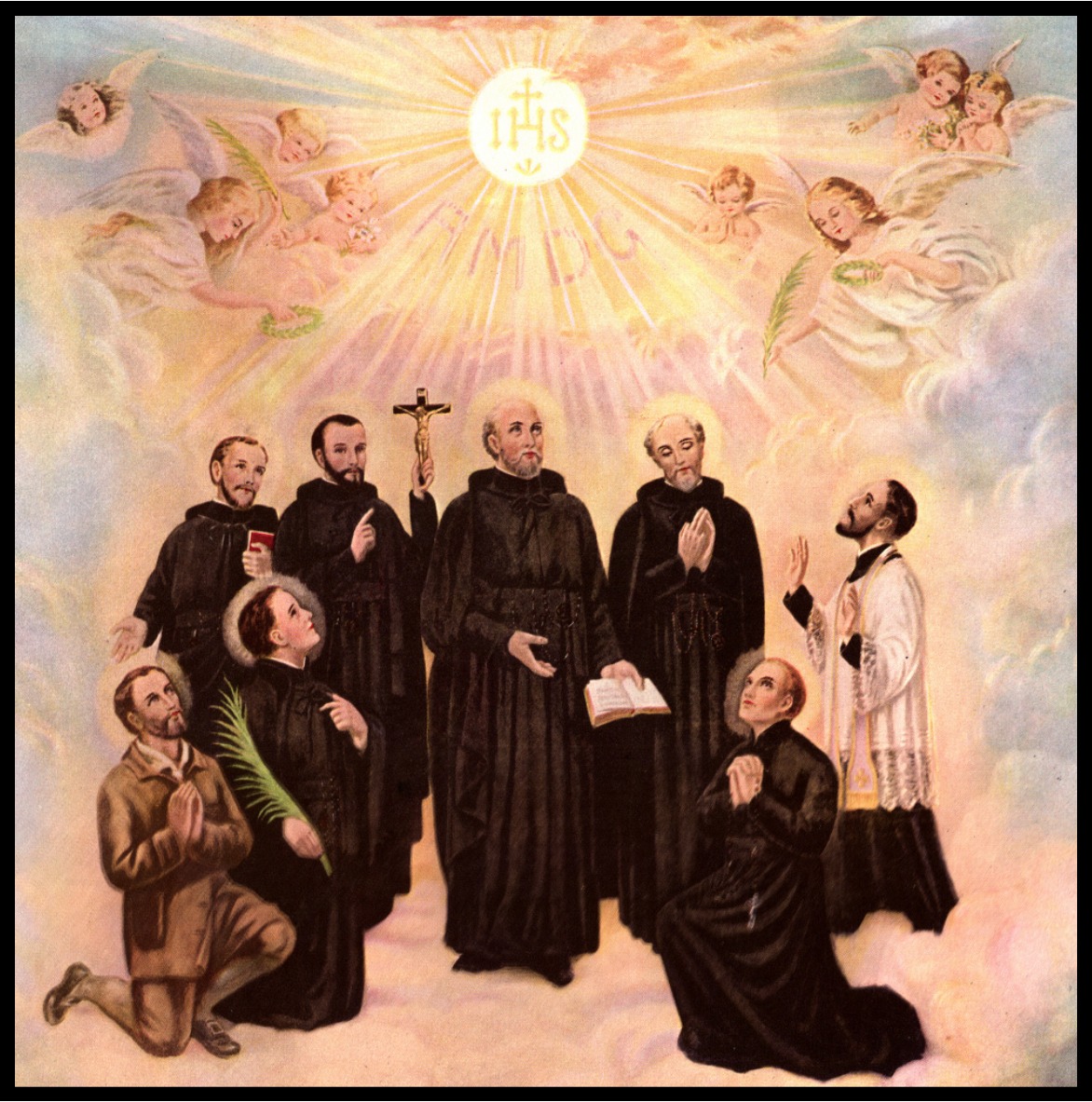
The Jesuits were missionaries in New France long before the formation of the Canadian Federation. The first Jesuit missionaries Pierre Biard and Enemond Masse visited Acadia in 1611 to catechize and baptize the Aboriginal people. In 1615 they assisted the Recollect Fathers to evangelize the people along the St Lawrence River.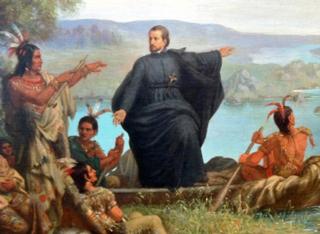
After their expulsion by the English in 1629, the Jesuits returned four years later to educate the youth at Ville Marie (Montreal) and evangelize the Aboriginals in Huronia on the Bruce Peninsula. Jesuits Jean Brebeuf and Isaac Jogues were masterful in translating Christian theological concepts into the Aboriginal languages which did not have these ideas.
In the 18th century struggle between the Church and secular governments in Europe, the Jesuits always loyal to the pope were suppressed to avoid a national schism by one of these governments. Thus the Canadian mission ended in 1800 with the death of the last Jesuit in Canada, Jean-Joseph Casot.
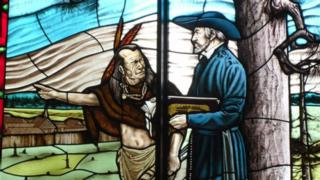 After Napoleon’s defeat Pius VII reestablished the Jesuits and they returned to Canada in 1842 to renew their commitment to education in Montreal and to mission work on Manitoulin Island.
After Napoleon’s defeat Pius VII reestablished the Jesuits and they returned to Canada in 1842 to renew their commitment to education in Montreal and to mission work on Manitoulin Island.
As the Jesuits expanded their missionary activities to Upper Canada and to northern and western Canada, their academic ministry was extended to the English in Montreal at Loyola College, to Regiopolis College in Kingston, St Paul’s High School and College at the University of Manitoba, Campion High School and College at the University of Regina, and St Mary’s High School anad University in Halifax.
The heart of the Jesuit missions in Canada has been to evangelize and educate Canadians. When the British North America Act was passed in 1867, the Jesuits through their liberal arts colleges and western missions were established members of Canadian culture and spirituality.
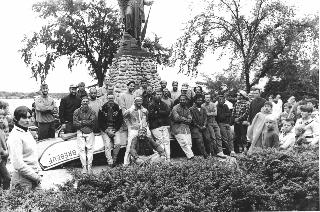 One hundred years later in August 1967 to remember the founding of Confederation twenty-four Jesuits paddled four 6-man canoes from Sainte-Marie Among the Hurons, Midland, Ontario to the Expo in Montreal. Taking the water routes followed by the 17th Century Jesuits, the 20th Century Jesuits paddled their canoes north on Georgian Bay for six days. They camped on the large rocks lining the bay which proved to be mosquito-free.
One hundred years later in August 1967 to remember the founding of Confederation twenty-four Jesuits paddled four 6-man canoes from Sainte-Marie Among the Hurons, Midland, Ontario to the Expo in Montreal. Taking the water routes followed by the 17th Century Jesuits, the 20th Century Jesuits paddled their canoes north on Georgian Bay for six days. They camped on the large rocks lining the bay which proved to be mosquito-free.
Then they forced the large canoes up the white water of the French River and at times lined the canoes upstream, while at other times portaged them along the shoreline. The twenty-four paddled their canoes at the slow speed of 21 km per hour up the white water of the French River.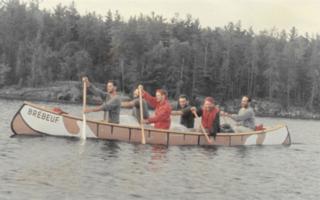
At each village and church along the river route, they would stop, meet the villagers and have the priests and ministers sign the two-meter high sheepskin upon which was written:
“The Gospel which Jean Brebeuf, Isaac Jogues, and their bothers came to proclaim along these shores was still being proclaimed and embraced.”
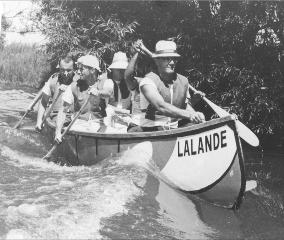 The twenty-four crossed Lake Nipissing on a stormy day, and then their canoes found the way into the Mattawa River and at double the speed flowed down the Ottawa River into the mighty St Lawrence River. Twenty-one and a half days after leaving Sainte-Marie, the twenty-four arrived at Expo in Montreal to present the 2-metre sheepskin covered with the signatures of the priests and ministers of the churches along the way.
The twenty-four crossed Lake Nipissing on a stormy day, and then their canoes found the way into the Mattawa River and at double the speed flowed down the Ottawa River into the mighty St Lawrence River. Twenty-one and a half days after leaving Sainte-Marie, the twenty-four arrived at Expo in Montreal to present the 2-metre sheepskin covered with the signatures of the priests and ministers of the churches along the way.
This endorsement of the Gospel activity was a powerful statement that Canadian religion played a vital role in the settlement and evangelization of the nation and was still a vital force for Canadians who live the Christian life.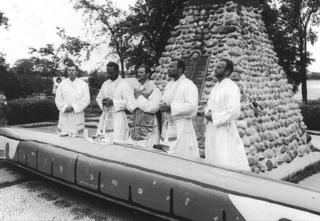
The canoe trip by the twenty-four Canadian Jesuits in 1967 marked the centennial of the British North America Act of 1867, and I as one of the twenty-four English and French-speaking Jesuits, was pleased to play a part, and now in 2017 to see another flotilla of canoes en route to Montreal celebrating the Jesuit missions and the sesquicentennial of Canadian Confederation.




No Comments